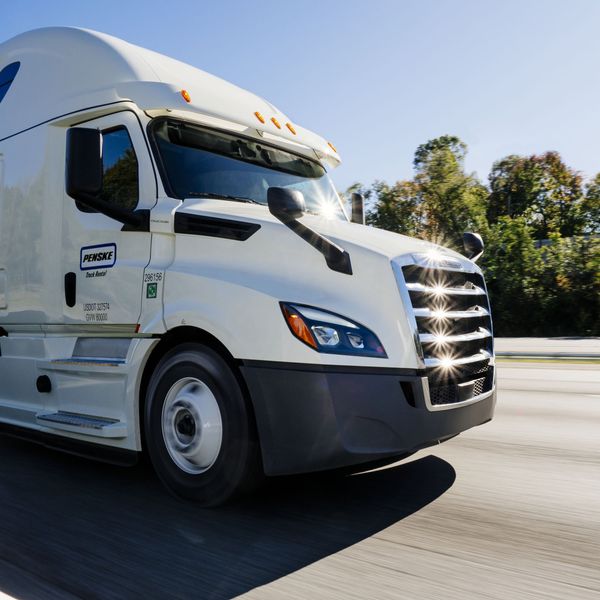The Latest Model Year Equipment Brings Improved Fuel Economy and Driver Comfort

Improved Fuel Efficiency
Original equipment manufacturers (OEMs) have applied some of the lessons they learned from previous equipment changes. Specifically, they’ve learned more about aftertreatment systems and have been able to downsize equipment by adding more diesel exhaust fluid (DEF). They have also been able to downspeed engines.
Engines are meeting their peak torque sooner. By reaching peak torque at lower RPMs, the engine operates at lower RPMs, which improves fuel efficiency.
Increased Driver Comfort
Equipment designed to meet the 2024 federal requirements won’t introduce any new components, which means there will be no drastic tooling or training needs for those providing maintenance.
OEMs have focused on the driver, and manufacturers continue to integrate more driver comforts into the cab. “They’re doing a good job of making the vehicles more car-like,” said Chris Hough, vice president of maintenance design and engineering for Penske Truck Leasing. “If you want to know how to make customers and drivers happy, continue to improve customer comfort and make it more car-like.”
Within the dash cluster, OEMs are making the displays larger, changing the information drivers can access, making things more ergonomically correct and helping drivers keep their eyes on the road longer.
OEMs are also focusing on new safety technologies, such as collision mitigation systems and dynamic steering, which can reduce driver fatigue. “The drivers aren't having to fight the steering wheel as much because they have technology assisting them, keeping that vehicle in between those lines,” Hough said. “The OEMs and component manufacturers are continually developing new technology to help reduce driver fatigue, and that is a good thing.”
